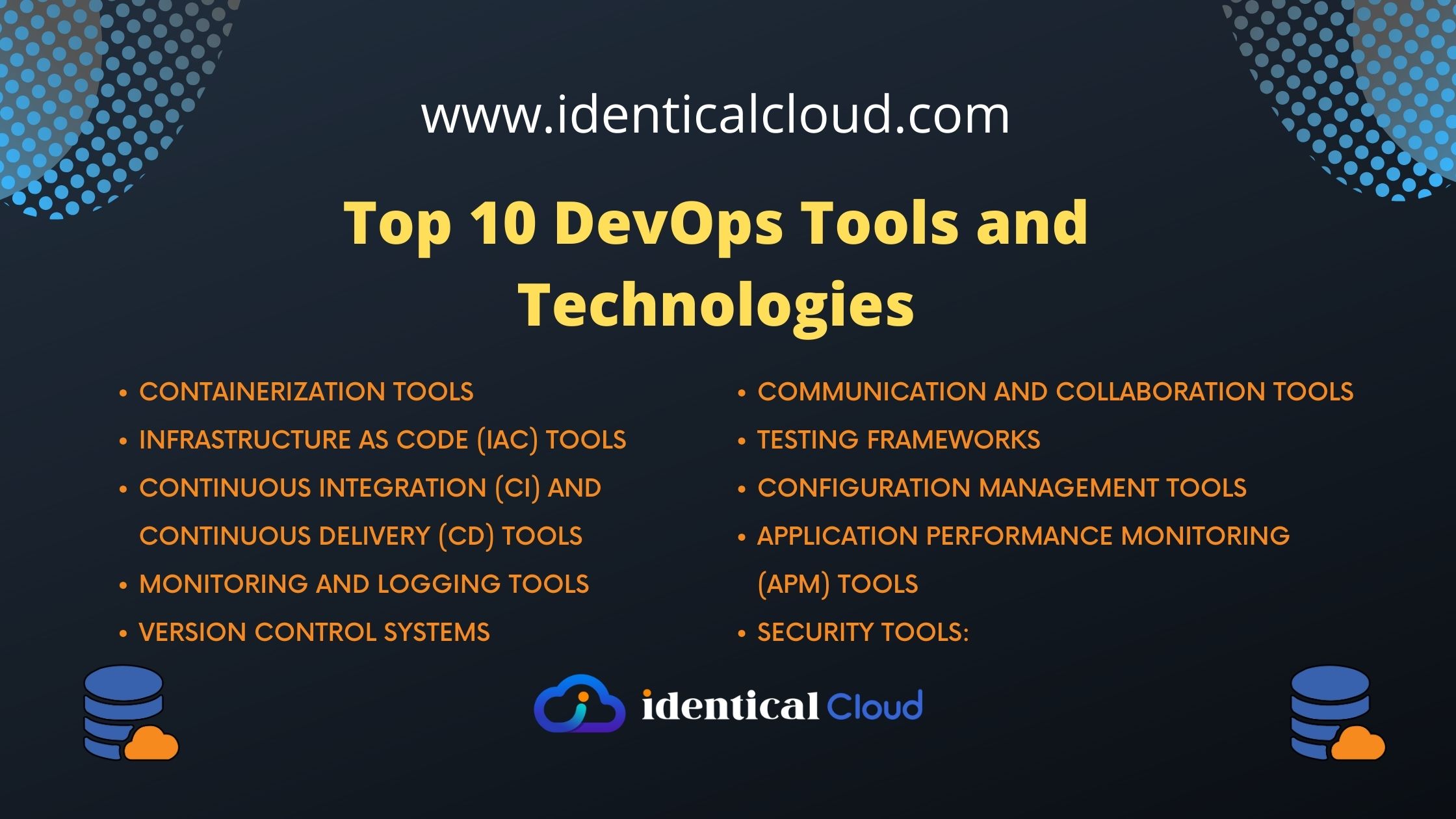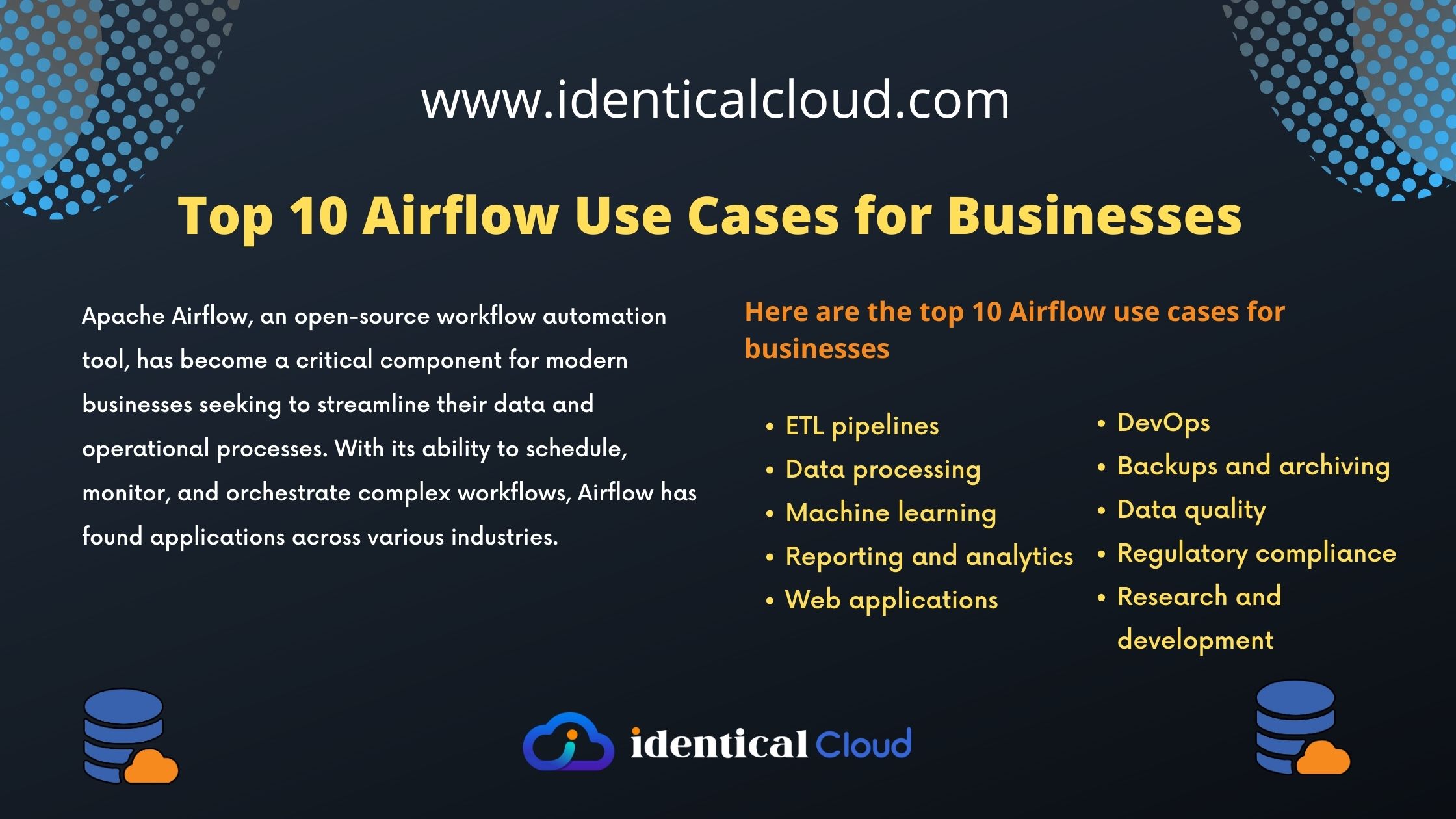DevOps Automation Tools and Techniques
DevOps Automation Tools and Techniques
In today’s fast-paced world, software development teams face immense pressure to deliver high-quality products quickly and efficiently. This is where DevOps shines, bridging the gap between development and operations through automation. By automating repetitive tasks, DevOps empowers teams to focus on strategic initiatives, optimize their workflow, and ultimately deliver better software faster.
But what tools and techniques can you leverage to achieve DevOps automation?
Let’s delve into a few key players:
Configuration Management:
- Tools: Ansible, Chef, Puppet, Terraform
- Purpose: Automatically configure and manage infrastructure and applications, ensuring consistency and reducing manual errors.
- Benefits: Improved infrastructure provisioning, faster deployments, and less time spent on manual configuration.
Continuous Integration and Continuous Delivery (CI/CD):
- Tools: Jenkins, GitLab CI/CD, CircleCI, Bamboo
- Purpose: Automate the build, test, and deployment process, enabling frequent and reliable releases.
- Benefits: Faster feedback loops, reduced risk of bugs, and improved software quality.
Containerization:
- Tools: Docker, Kubernetes
- Purpose: Package applications in self-contained units (containers) for portability and efficient deployment.
- Benefits: Improved scalability, consistency, and portability of applications across different environments.
Infrastructure as Code (IaC):
- Tools: Terraform, CloudFormation, Azure Resource Manager
- Purpose: Treat infrastructure as code, enabling automated provisioning and management.
- Benefits: Streamlined infrastructure management, easier collaboration, and faster infrastructure changes.
Monitoring and Logging:
- Tools: Prometheus, Grafana, ELK Stack, Datadog
- Purpose: Continuously monitor application and infrastructure health, identify and troubleshoot issues quickly.
- Benefits: Improved performance visibility, proactive problem detection, and faster incident resolution.
DevOps automation is a continuous journey, not a destination. Experiment, learn, and adapt your approach to suit your specific needs and goals. By combining the right tools, techniques, and cultural shifts, you can unlock the true potential of DevOps and achieve efficient, streamlined software development.
Start automating your workflow today and experience the benefits of faster deployments, improved quality, and happier teams!








